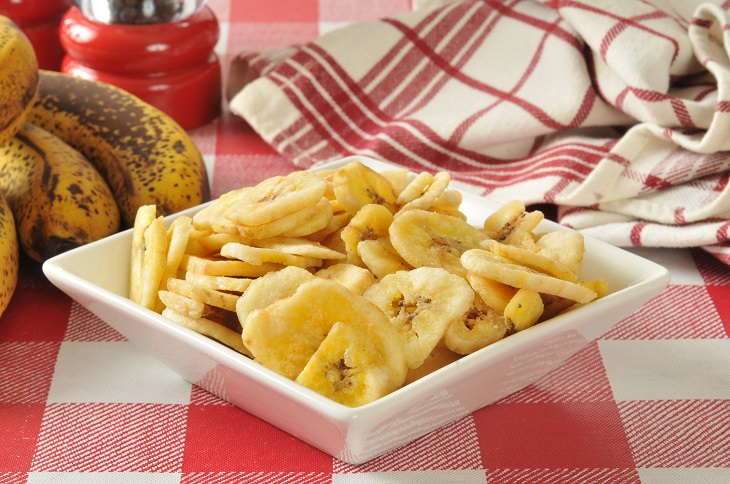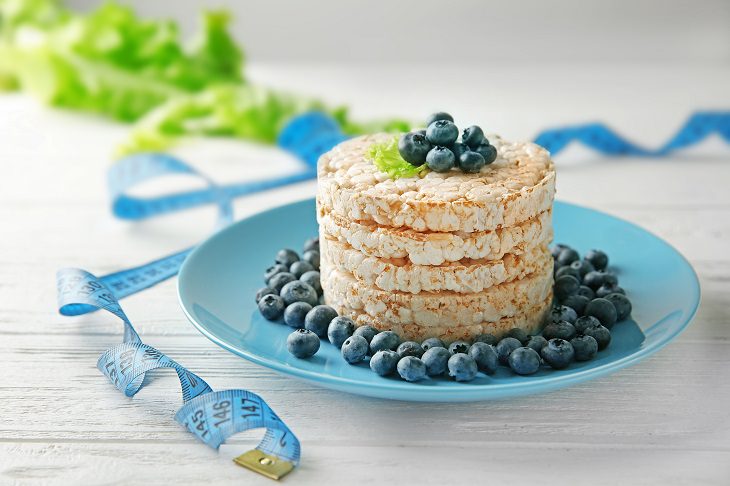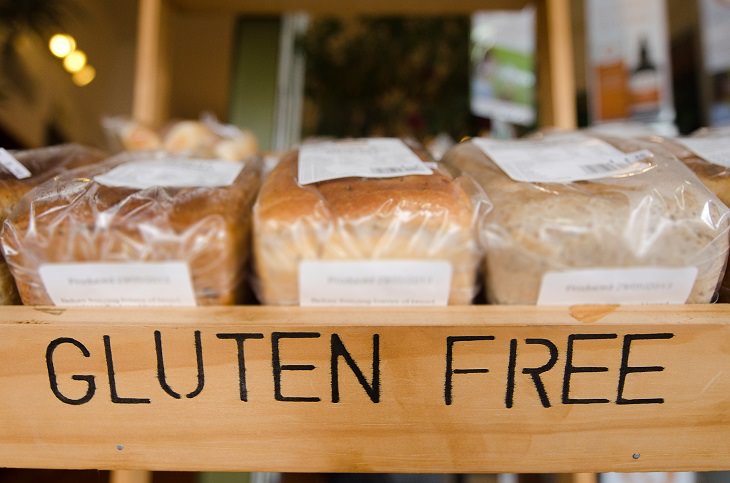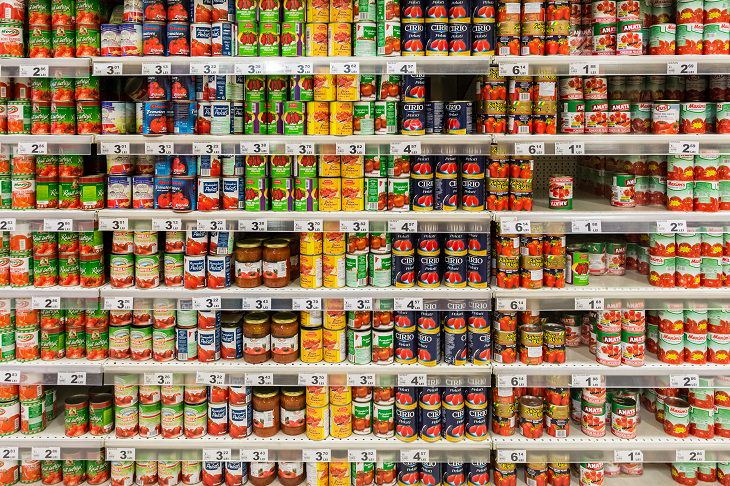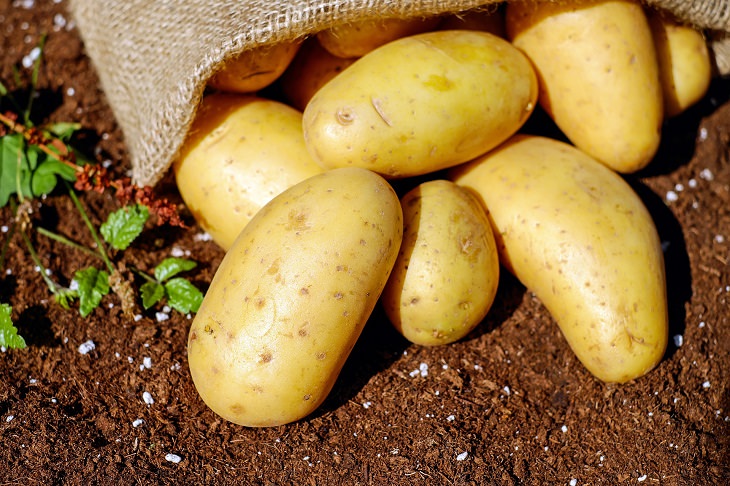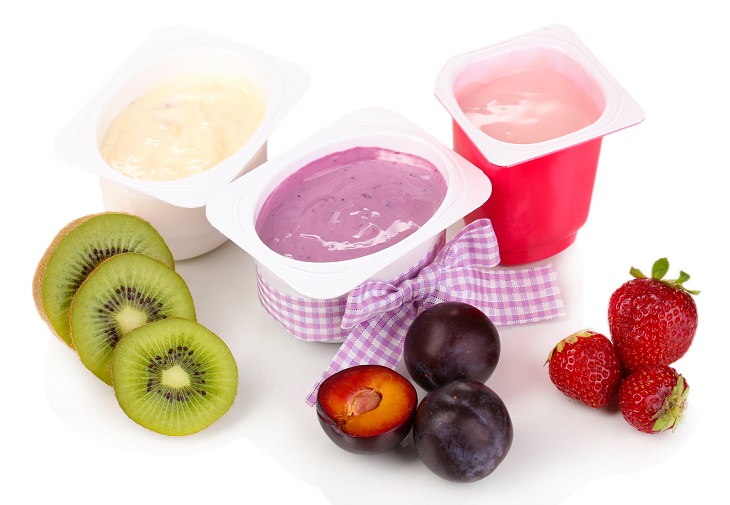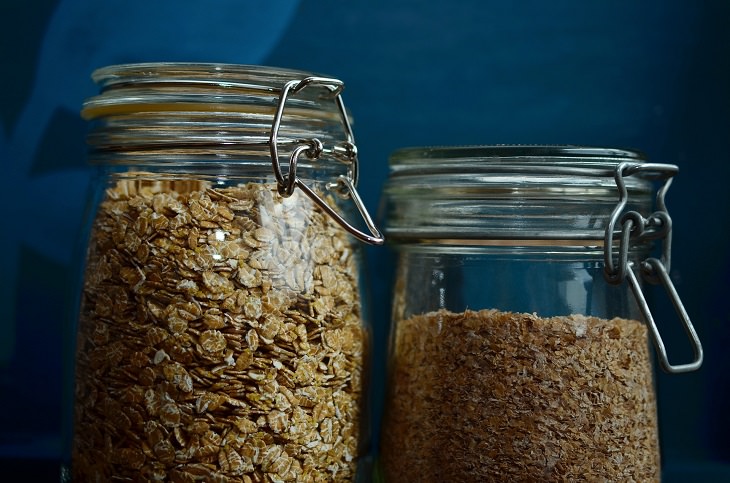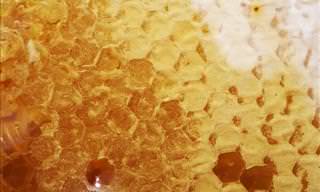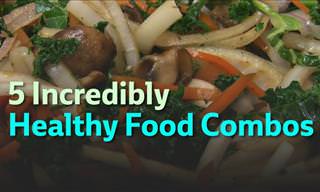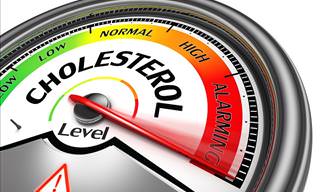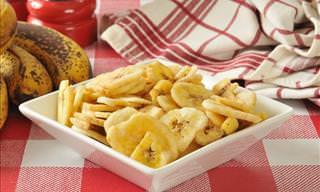1. Banana Chips
Banana chips are said to be healthy because they contain the same ingredients as bananas: fiber, magnesium, potassium, and iron. However, it's important to realize that the manufacturers of these goods add flavor enhancers and sugar, and often deep fry them.
How to replace: Make homemade banana chips in the oven or air-dried.
2. Crispbread
There are many varieties of crispbread, and you can often come across snacks that look like crispbread, but contain harmful oils.
How to replace: Read the composition carefully. There shouldn't be yeast, preservatives, dyes, starch, or antioxidants in a crispbread. The best crispbread is made from whole grains or coarse whole wheat flour.
3. Gluten-Free Foods
Gluten is a protein that is found in grains - it's the thing that makes it possible to mix flour with water. It's dangerous for those with a gluten intolerance. But if you don't have a gluten allergy it might be a good idea to avoid these foods, as they usually contain a lot of refined additives.
How to replace: Eat common bread. Don't eat a lot of it, but don't be afraid of it either.
4. Dried and Candied Fruit
Dried fruits are healthy, but to protect them from mold and to help them keep their color, they're treated using fungicides and sulfur dioxide. As for candied fruits, their benefit is even less because they contain a lot of sugar.
How to replace: You could try drying your own fruit at home - it's not difficult to do and is a lot healthier.
5. Processed Cheese
In addition to the additives that processed cheese contains, there's also a lot of sodium. For example, a sandwich with just three slices of processed cheese will cover 2/3 of your daily sodium requirement.
How to replace: Eat different kinds of quality cheese, such as salted cottage cheese.
6. Canned Vegetables
Producers usually add unhealthy ingredients such as vinegar, sugar, salt, and barbecue sauce to canned vegetables. For example, a can of beans, on average, contains 3 tablespoons of sugar.
How to Replace: Choose top quality freshly canned vegetables without salt, sugar, or preservatives. Or grow your own.
7. Starchy Vegetables
Corn, pumpkins, yams, and potatoes all contain less fiber, vitamins, and minerals than other vegetables, yet their calorific value is higher. This doesn't mean that you should refuse to consume these veggies - you're simply shouldn't eat a lot of them, if you're keeping to a diet.
How to Replace: Choose non-starchy (crispy, green, and juicy) vegetables.
8. Yogurt
Yogurts bought from the store contain a lot of sugar and very little protein. Furthermore, you don't need to chew them, which creates an impression that you're eating something light.
How to replace: Buy yogurts with a low sugar content (less than 10g per portion) and high protein (about 6g per portion). You can also buy Greek yogurts and add the fruits yourself.
9. Instant Oatmeal
Everyone knows that oatmeal is healthy, but very few are aware that the flakes you only need to cook for 2-3 minutes are not beneficial. The smaller the flakes, the more they have been processed, and the higher their glycemic index, meaning extra calories.
How to replace: Choose coarsely ground oats. It takes a lot longer to boil them, but they will give you everything you expect from real oatmeal.
Source: brightside
Photos: depositphotos & pixabay
 Go to BabaMail
Go to BabaMail


